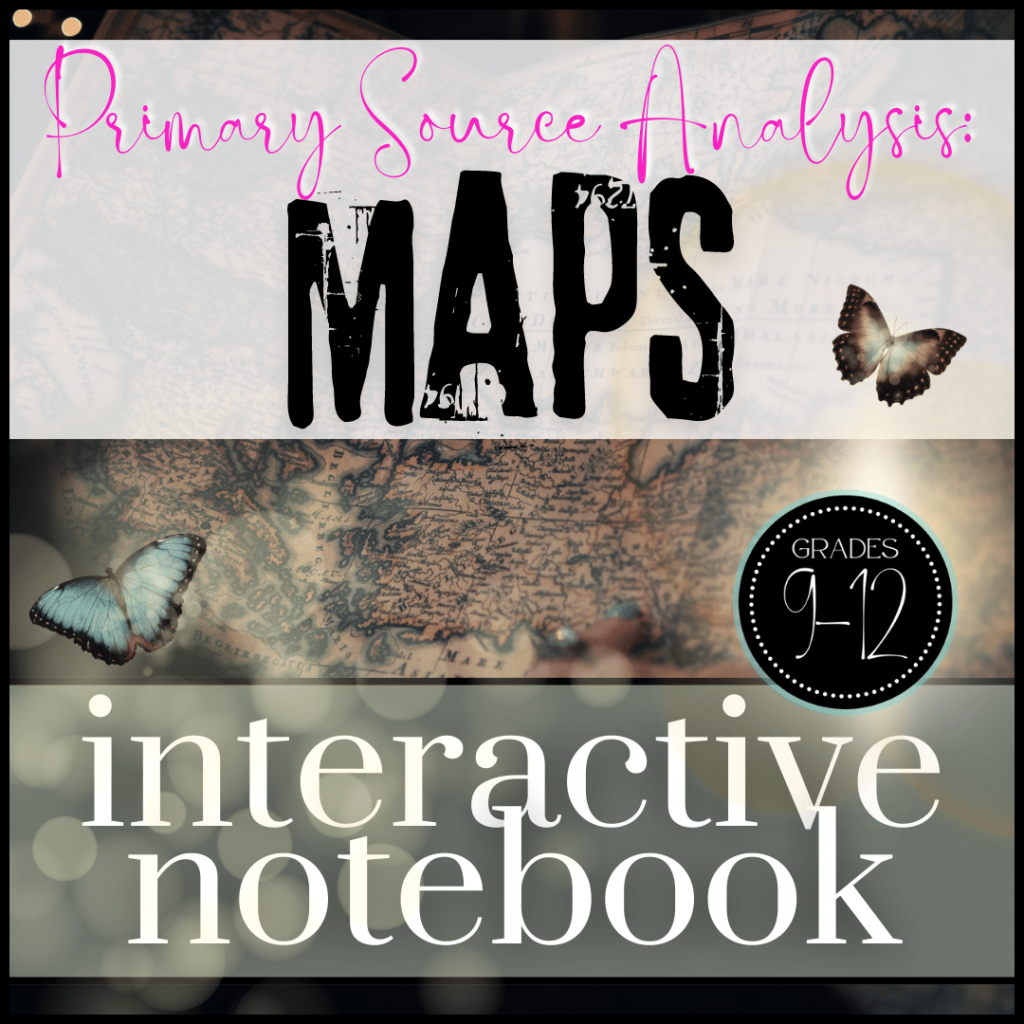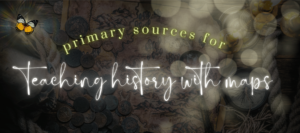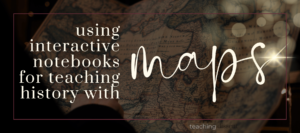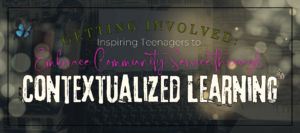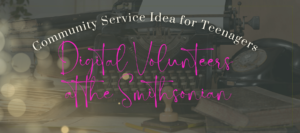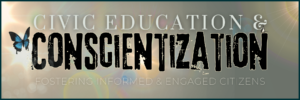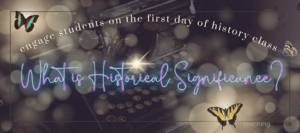As a high school history or social studies teacher, you have a unique opportunity to engage students by incorporating analysis into your curriculum. By doing so, you can unlock untold stories, challenge prevailing narratives, and encourage critical thinking and empower your students to become critical thinkers, active participants in historical narratives, and engaged citizens of the world. Through careful examination of primary sources, students can uncover hidden stories, challenge existing interpretations, and develop a deeper understanding of the complexities of the past. When done right, it can make history class the most exciting, fascinating and controversial part of everybody’s day!
Websites for finding primary source documents
These websites offer a rich collection of primary sources that can enhance classroom instruction, engage students, and provide authentic historical perspectives for curriculum planning in high school social studies.
British Library
The British Library offers a vast collection of primary sources, including manuscripts, maps, photographs, and sound recordings. It covers various subjects, such as world history, literature, art, and science. If you can ever go in person, I highly recommend it.
American Memory Project
The American Memory Project, a part of the Library of Congress, focuses on American history and culture. It provides primary source documents, photographs, and audiovisual materials, covering topics like immigration, civil rights, and popular culture.
Ad*Access
This website has primary source images and information for over 7,000 advertisements printed in U.S. and Canadian newspapers and magazines between 1911 and 1955. Five main subject areas: Radio, Television, Transportation, Beauty and Hygiene, and World War II.
Eyewitness to History
First person primary sources with historical context included. (U.S. and World History)
Teaching American History Documents Archive
Text documents for U.S. History. They are easy to cut and paste, or you can direct students straight to the website. (U.S. History)
World Digital Library
The World Digital Library is a collaborative project that provides primary sources from libraries and cultural institutions around the world. It offers a wide range of materials fr primary source analysis, including manuscripts, maps, photographs, and recordings, representing diverse cultures and civilizations.
NYPL Digital Collections
Digital History provides primary sources as well as interactive resources for U.S. history. It offers access to historical documents, images, multimedia presentations, and lesson plans organized by time period and theme. Primary sources, already been edited “for teachers” (pretty safe, nothing too weird). Also lots of secondary/background info for working outside the text. Like most of these websites…. total rabbit hole.
America in Class
Primary sources for US History and Literature teachers (U.S. History)
DocsTeach
From the National Archives. “Access thousands of primary sources — letters, photographs, speeches, posters, maps, videos, and other document types — spanning the course of American history. We’re always adding more!”
National Archives
The National Archives provides access to primary source documents from U.S. history, such as the Declaration of Independence, the Constitution, presidential records, and historic photographs. They have tried super hard to make “lesson plans” , online exhibits, and “Educational resources” etc…Mostly, this means they have already organized and paired up primary sources for you. I relied on them a lot when creating the interactive notebooks.
Library of Congress
The Library of Congress offers a VAST collection of primary sources, including photographs, maps, manuscripts, newspapers, and more. As you would expect, they cover a wide range of topics, including American history, world history, culture, and literature. It is never ending. Like much of what come from Congress, it is unnecessarily tedious and only some of it is actually useful.
Proceed at your own risk 🙂
Avalon Project
Full primary source text documents on this website. You will have to comb through on and then modify. Mostly useful for U.S. and World History.
Digital Public Library of America
The Digital Public Library of America aggregates digital collections from libraries, museums, and archives across the United States. It offers a diverse range of primary source materials, including photographs, texts, artwork, and oral histories.
Smithsonian Learning Lab
The Smithsonian Learning Lab offers a wealth of primary sources, including images, documents, videos, and audio recordings. It covers a broad range of subjects, including history, science, art, and culture. It also provides tools for educators to create and share their own lesson plans… should you be so inclined.
National Geographic Foundation
National Geographic Education offers primary source documents, photographs, videos, and interactive resources for geography, history, and social studies. They provide “lesson plans” and curriculum maps with activities aligned with national standards… better than expected, but not immediately useful.
Internet History Sourcebooks Project
The Internet History Sourcebooks Project provides a collection of primary sources for ancient, medieval, and modern history. It includes translated texts, images, and maps from different historical periods and civilizations.
Digital History
Digital History provides primary sources and interactive resources for U.S. history. It offers access to historical documents, images, multimedia presentations, and lesson plans organized by time period and theme.
Primary sources, already been edited “for teachers” (pretty safe, nothing too weird). Also lots of secondary/background info for working outside the text. Total rabbit hole.
CommonLit
Saved my teacher life last-minute on multiple occasions. Primary sources with CCSS-aligned comprehension questions that you can assign and assess all with a few clicks.
Its like the teacher version of a microwave dinner. Does it really count as cooking? Ha, no. Would Bree Van de Kamp have an aneurism? Probably.
But.. is it food and will it get you through when everything else is imploding so you live to see another day?
You’re welcome.
Primary source document analysis asks us to understand source within its specific context; to be able to competently analyze any document we have to understand the circumstances surrounding why the text, map, picture, or item exists in the first place. These sources are themselves human inventions and can only be meaningfully interpreted if we operate under this very presumption: without an understanding of who created it, why they created it, for whom it was created, and the historical and political processes informing its production, our understanding and analysis will always fall short.
These social studies interactive notebooks, created for high school history or social studies classes, engages and supports students at each step of the analysis process: observing, inferring, questioning, and researching. Each page of this interactive student notebook has been carefully designed to introduce students to primary source document analysis while building higher level academic literacy. The pages can be used as inserts for students notebooks, individual activities for the separate steps of primary source document analysis, or assigned digitally through Canvas or Google Classroom. These resources are available as both PDFs and digital resources (specifically as Google Slides) so you can adapt to accommodate your own classroom needs.
Click on the images above to learn more about each resource!




